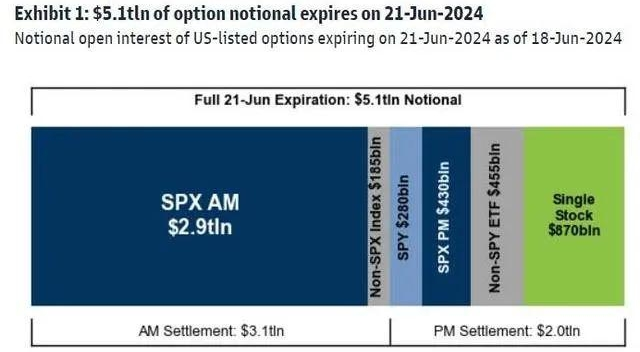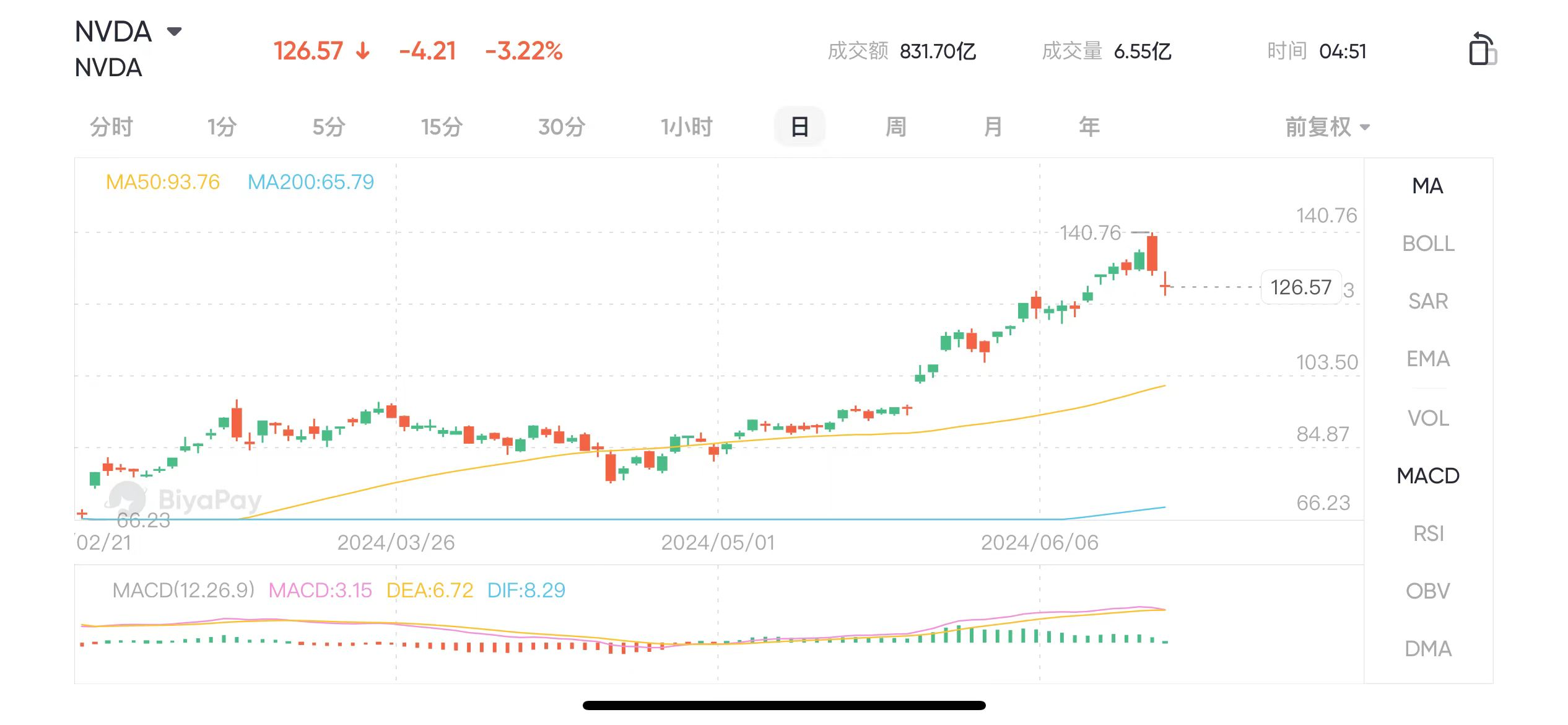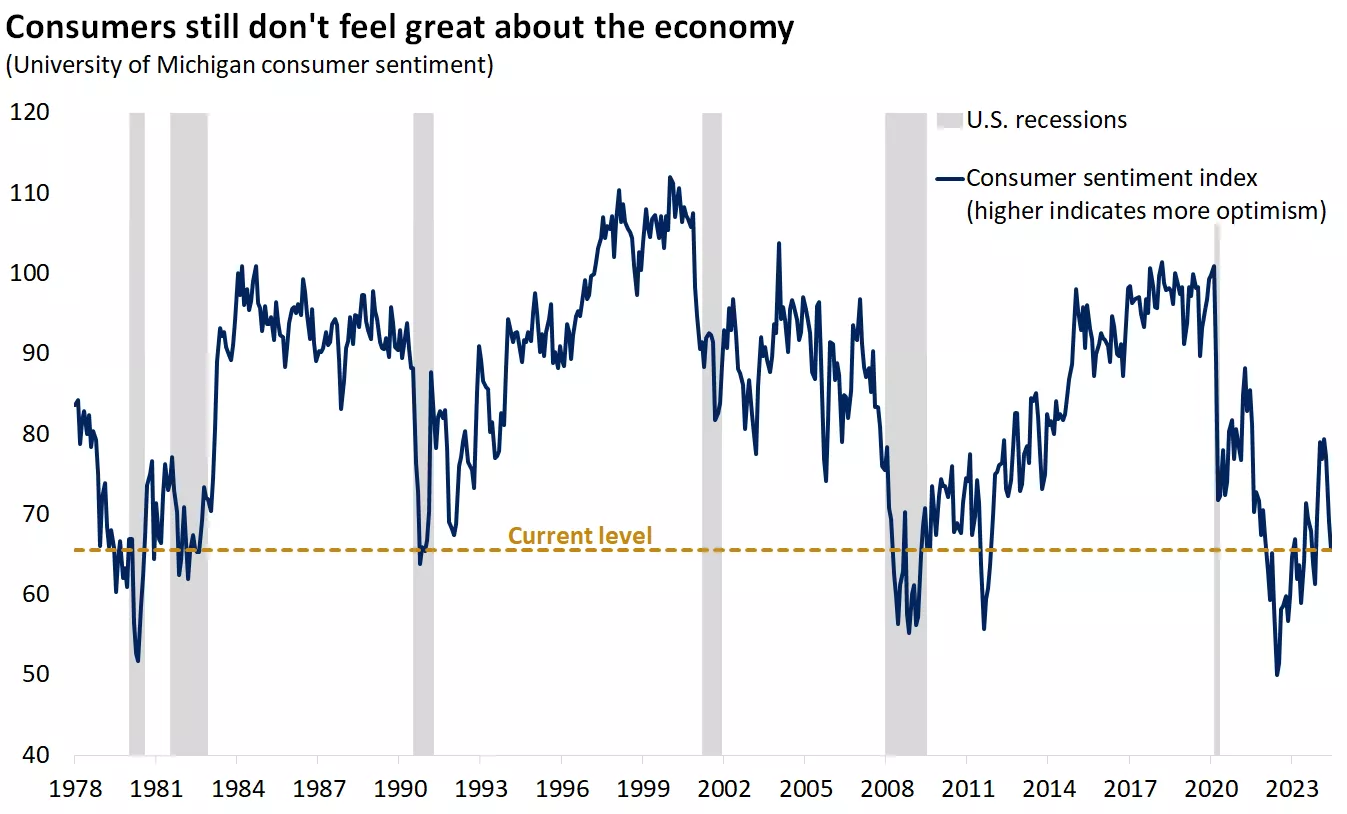- Remittance
- Exchange Rate
- Stock
- Events
- EasyCard
- More
- Download
- 6th Ann

What is the impact of the biggest "Four Wizards Day" in history on the US stock market?
The US stock market ushered in the largest “Four Witch Days” in history.
Quadruple Witching Day refers to the third Friday of March, June, September, and December in the US stock market, which is the expiration settlement day for derivative financial products. When derivatives expire, traders must position squaring or adjust their positions. There are four types of derivative products settled at maturity: stock index futures, stock index options, stock options, and stock futures.
Last Friday, the US stock market ushered in its quarterly “Four Witch Days”. This time, the “Four Witch Days” ushered in a record-breaking expiration of options, and analysts expected it to bring unexpected short-term fluctuations to the US stock market.
According to multiple institutions’ estimates, this “Four Witchcraft Days” will have about $5.10 trillion worth of index, stock, and ETF-related option contracts expiring. As the contracts expire, many investors will also adjust their positions, and the trading volume and volatility of the US stock market may surge even more than expected.

Market early reaction
Brent Kochuba, founder of SpotGamma, said that this “Four Witch Day” is particularly special because the expiration value of bullish options is about 11 times higher than the nominal value of put options. Last quarter, this ratio was close to 5:1. The widening spread indicates that the demand for upside risk exposure is increasing, while the demand for put options is shrinking. This may cause frequently traded indices and stocks to experience slight declines on Friday and early next week.
On Thursday, the US stock market had already reacted in advance. NVIDIA fluctuated violently during the day, rising 3.8% and then falling 4.5%. It fell 8% from its highest point during the day and finally closed down 3.5%. The Nasdaq Composite Index also fell 0.79%. The “panic index” S & P 500 Volatility Index (VIX), which measures the volatility of the US stock market, rose 7% after a long time, breaking through 13.
Impact on NVIDIA
In the past year, a large number of investors have placed bets on NVIDIA-related bullish bets, resulting in a significant increase in the unpositioned squaring contracts of NVIDIA bullish options. This time, the expiration value of NVIDIA-related options is the second largest among all underlying assets, second only to the S & P 500, higher than related ETFs such as the SPDR S & P 500 ETF and the Nasdaq 100. About one-third of NVIDIA-related unpositioned squaring options are expected to expire last Friday.

Analysis suggests that the driving force behind the rise in NVIDIA’s stock price may weaken after the option expires this Friday, and the “Gamma squeeze” phenomenon that has been pushing up the stock price may slow down. “Gamma squeeze” refers to the intensive bullish option buying that forces option market makers to buy more underlying stocks to hedging risks, thus forming a virtuous cycle of pushing up the stock price. SpotGamma pointed out that with the expiration of the option on Friday, NVIDIA will lose about half of its gamma, which may suppress its upward momentum in the short term.
Market reality
However, in fact, during this four-day period, although the trading volume of the S & P 500 index and the Nasdaq 100 index increased significantly, reflecting the high-frequency trading activity of investors in adjusting and settling derivative contracts, the overall investor sentiment remained optimistic, especially driven by stocks related to artificial intelligence (AI). The strong performance of companies such as Nvidia drove the entire market up.
Moreover, some key economic data, such as retail sales data, show a healthy state of consumer spending, although growth has slowed down. This indicates that the economy is still resilient under the pressure of high borrowing costs and high prices, which provides confidence for the market.

The market expects inflation to continue to ease, although not necessarily in a straight line. This expectation has strengthened investors’ confidence that the Federal Reserve may begin to cut interest rates later this year, which supports the stock market. In addition, the Four Witch Days usually trigger technical market adjustments, including a large amount of position squaring and re-establishing positions. These technical factors may have led to the market gradually recovering after morning fluctuations and achieving a rebound before the close.
Overall, these factors work together to enable the market to recover from the decline after the fluctuations of the Four Witch Days and continue to maintain an upward trend with the support of technology and fundamentals. To follow the US stock market, you can log in to the BiyaPay mobile app to stay ahead.

























